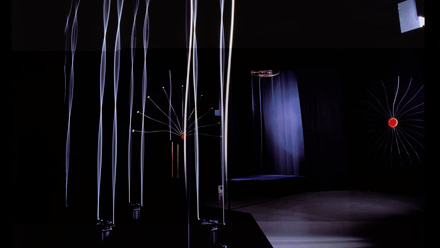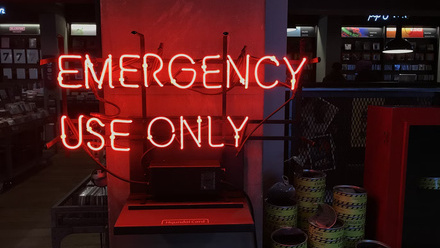In 2022 the prayer book of Mary Stuart, Queen of Scots was delivered for conservation. As well the object, as its wonderful history and conservation-restoration technological challenges resulted in the decision to make them a PhD project theme.
In 2028 the manuscript will be an important part of a permanent exhibition in one of Polish museums. A question was raised if the binding of the prayer book can be restored to open it more easily, so that the sewing wouldn’t cause distortion of the vellum and misplaced pages could return to the proper location. The aim is to apply as many non-invasive tests as possible before physically touching the precious book itself and for this reason it was decided to focus on CT imaging. CT imaging has already been applied in 3D modelling of mediaeval or earlier books.
Before undertaking any of the conservation procedures the most important part is the non-invasive analyses of the object. Visual assessment of a bookbinding can reveal a lot, but not every important detail is evident. The earliest books were often rebound in later years, and non-invasive comparative evaluation of introduced materials or structural changes would be crucial in the planning of the conservation methodology.
The Mary Stuart prayer book was rebound in the late 18th or early 19th century by the Edwards family of Halifax; a new read thread sewing structure was introduced, thus causing difficulties in movement of the book. While bearing in mind the conservation-restoration procedure of such a valuable object as the prayer book of Mary Stuart, it is vital to apply every non-destructive assessment test and method available. Combining scientific disciplines and technologies in artwork evaluation offers incredible amounts of previously unknown information and data. Implementing them as full-fledged diagnostic tools wouldn’t be possible without interdisciplinary partnerships and collaborations. Exchanging and joining experiences from different research fields advances potential knowledge base about the examined art object.
Multiple specialists, historical custodians and consultants provided their expertise - professor Chiara Mazzocchi, the Warsaw University, dr Anna Groundwater, National Museums of Scotland, dr Emily Wakefield, University of Birmingham and Eugenio Donadoni from Christie’s.
Key objectives:
- The described project aims to create usable guidelines for evaluating 3D CT and microCT images of historical bookbindings offering advancement of conservation methodology. The goal is to develop CT imaging as a standard tool to diagnose and solve diversified bookbinding restoration problems.
- We shall advertise and demonstrate the importance of choosing and joining eligible partnerships when approaching difficult restoration ideas. How multidisciplinary discussions and exchanging experience with different domain experts often lead to the best solutions.
- The history of origin of the prayer book of Mary Stuart, its present condition along with the conservation-restoration plan and performed procedures will be described and presented in detail. It will be demonstrated how acquired non-invasive research data influences key restoration decisions.



